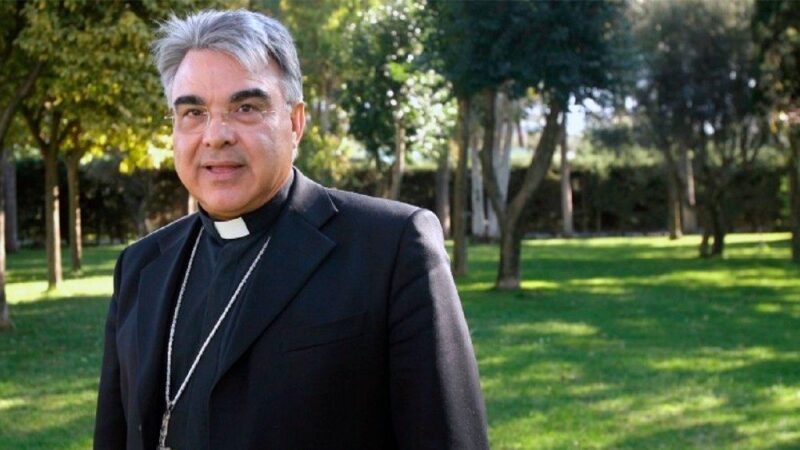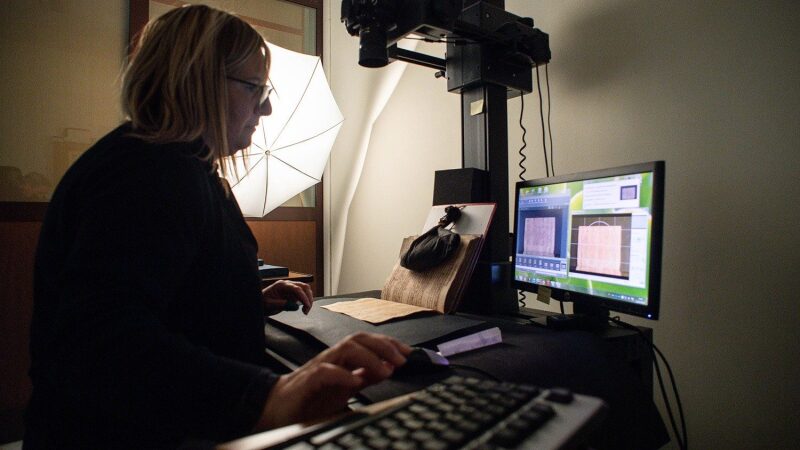
LOOKING FOR SAINTS: THE 'MOST SUCCESSFUL' TYPES OF HUMAN BEINGS
Giancarlo La Vella/Vatican News
07/12/2021
Vatican City — There are many ways to define holiness. One of them is to consider holiness as a model, or rather, the model, of beauty of the human person. This is what this Vatican Dicastery has been doing since 1969, the year of its foundation – combing through the lives of the candidates for the honors of the altar, looking for the Gospel in their lives so that every Christian might look to them as credible and, most importantly, imitable witnesses.

Behind the proclamation that someone is a saint, there is a scrupulous, collective dedication that takes years, sometimes decades. The complex process requires the participation of people who possess various competencies for which the costs totaled about 2 million euro in 2021.
The “saint factory” is an expression that “could even work, if it is understood in the positive sense, that is, that place in which people work so as to arrive at the serious and honest presentation of persons worthy” of the title, observes the prefect of the congregation, Cardinal Marcelle Semeraro, who explains how the dicastery functions.
Q: The Lord addresses the call to holiness to “all the faithful of Christ of whatever rank or status” (Lumen gentium). And yet from its origins, the Church has always felt the need to recognize exemplary witnesses and to “officially” accept their fidelity to the Gospel message. What role does the Congregation for the Causes of Saints play in this process?
As the Second Vatican Council reminded us, holiness is certainly a universal vocation, for each and every person. Regarding the official recognition of the holiness of an individual Christian, we are speaking of an ancient tradition. From early on, in fact, when the news spread about some martyr, or of someone who had lived the Gospel in an exemplary way, they were proposed as models of life for everyone and as intercessors before God for the needs of the believers. Various canonical procedures and rules govern the declaration that someone is a saint. But the fundamental focus is this: the Church has always believed that its members can attain holiness and that they must be known and proposed for public veneration.
The Congregation for the Causes of Saints follows the iter of beatification and canonization of the Servants of God, assisting the bishops through the investigation process regarding the martyrdom or the offering of their life and miracles of a faithful Catholic who, while he or she was living, while they were dying and after their death, were held to be holy, either due to martyrdom or through the offering of their lives. Those faithful Catholics whose cause for beatification and canonization has been initiated are called Servants of God. In every case, it is always necessary that there be an authentic, widespread and enduring “reputation for sanctity”, or that it is commonly believed by the Christian community that they lived an integrated life, that they exercised Christian virtue and that their lives had been fruitful.
Q: Your activity truly requires “teamwork” including the participation of postulators, witnesses, consultants, theologians, academics, doctors, cardinals, bishops. How many people are involved and how is the work of the various phases structured?

Introduced in 1983, the new norms governing the Causes of Saints greatly abbreviated the time required for a process of beatification and canonization. It is enough to think, for example, that in the past, it was necessary to wait 50 years after the death of the Servant of God before beginning to study their life, virtues or martyrdom. This is not the case today. The length of the Cause, however, depends on many factors: some are intrinsic in themselves (complexity of the person, or of the historical period in which he or she lived); others are extrinsic (the willingness, preparation or availability of the persons who work on each cause: postulators, external collaborators, witnesses, etc.).
Eash case has its own numbers: the witnesses who provide testimony in the diocesan phases can be quite a few dozen. There is also a good number of other people and specialists involved. Still regarding time, each process of beatification and canonization has its own steps: the investigation, taking of testimony, drafting the Positiones, examination conducted by theological consultors and, depending on the cause, historical consultants. Then, there is time needed to consult medical experts when there is a possible miracle of healing to examine. Once this is all completed and each step has been positive, it is then presented to the ordinary session of the members of the Congregation, that is, the cardinals and bishops. Once the entire process has been concluded, the final word belongs to the Pope. The Prefect of the Congregation submits the various causes to him for approval.
There are truly many cases (currently, those causes in course in Rome number almost 1,500, while those at the diocesan level number more than 600). The fact itself that not all of them are successful goes to show the seriousness of the process. This does not mean, however, that those who are not proposed for the veneration of the faithful were not exemplary people because of their witness of life.
Editor's Note: LaVella's interview with Cardinal Semeraro continues here.
-
